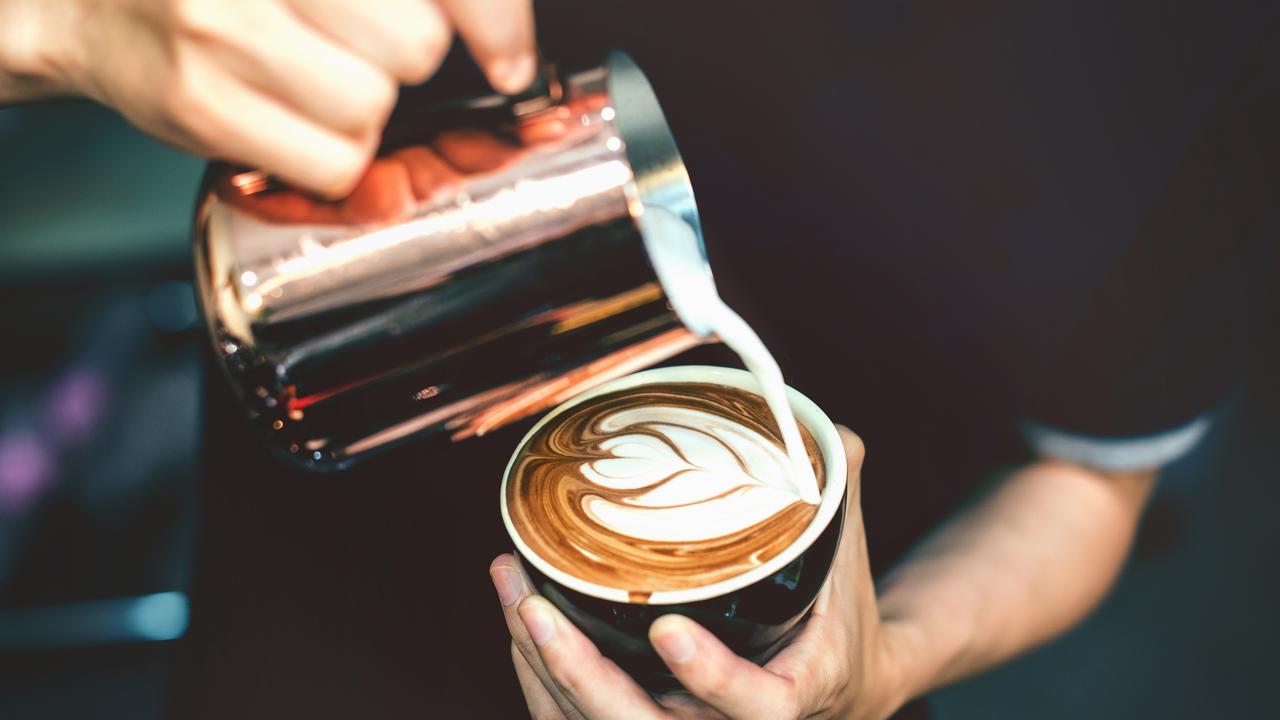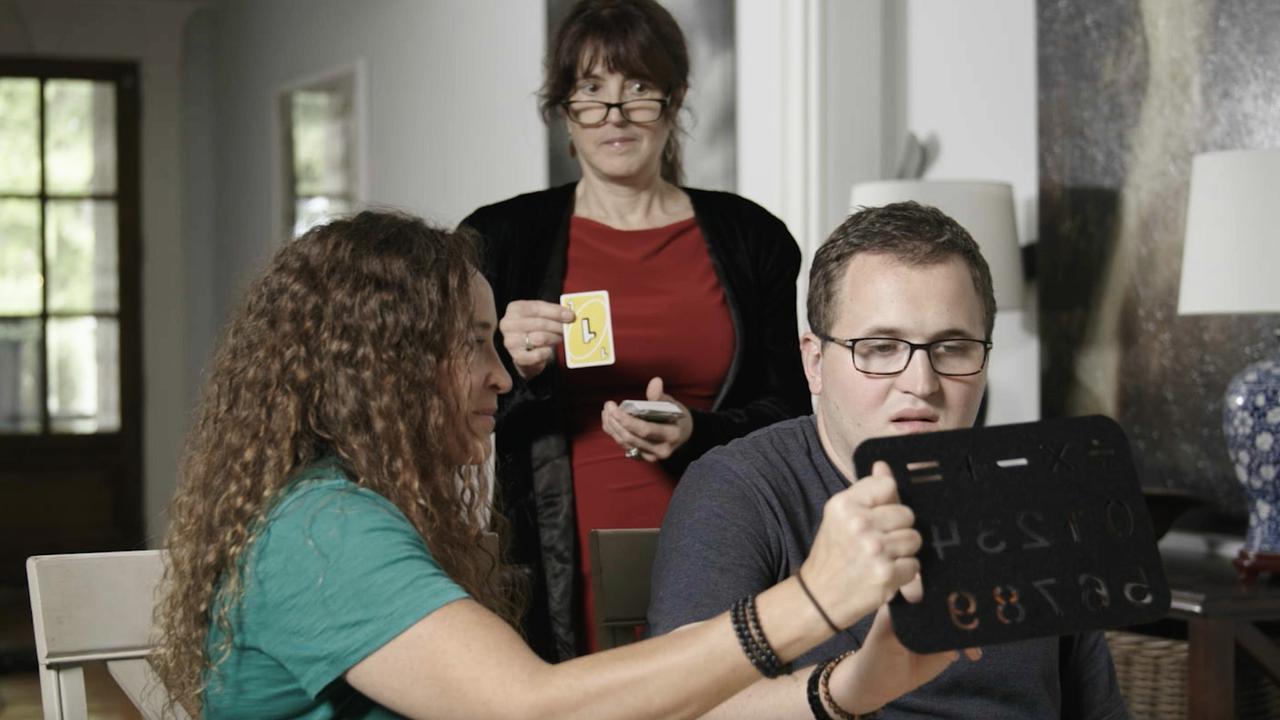Lindt cafe siege and Goya leave their mark on Best Australian Essays
How the Sydney Lindt cafe siege left its mark on a collection of the best Australian essays from this year.

What is the task of the anthologist? Most people never give the question a first thought, let alone a second. And neither did I until late last year, when Chris Feik, head of Melbourne publisher Black Inc, asked me to edit the coming year’s volume of The Best Australian Essays. Initially I was flattered, then for some months blase, then mildly concerned by the nature of the undertaking — and then, as the deadline approached, purely panicked.
What had seemed a doddle at the outset, requiring no more than a few hours a week picking other folks’ flowers from the pages of literary magazines and weekend newspaper supplements, resulted in existential crisis: what were my bedrock values, not only in relation to the essay form but to the ideas and issues those essays described? Did the weight of an essay’s worth derive from its substance or from the words in which that substance was couched? On what grounds did I presume to judge the work of my elders and betters? Who was I fooling?
These, it now seems to me, are fair questions. And the sense of responsibility that The Best Australian Essays occasioned made it necessary to answer them. Think back to your secondary or tertiary education — which texts have stuck with you? Chances are they came bite-sized, from an anthology presented at the time as the total horizon of your potential education, and that now would strike you as crimped, irremediably coloured by the temper of its particular moment.
Tell me you recall a cricketing story by Dal Stivens or a Tennyson poem, an essay by Helen Garner or a Christos Tsolkios novel and I will tell you when you came of age. I will also have some idea of the assumptions regarding class, gender, politics, nation and literature you have carried into maturity or spent years kicking against. In any event they have shaped you, these dusty assemblages. Happened across decades later, at garage sales or suburban auctions, they light up dusty wings in the house of memory. I cannot open my heavily annotated 1989 edition of the Norton Anthology of Poetry without an undergraduate blush.
It took a while to realise there was no way out of the trap. Time would reveal the limits of my apparently catholic taste, the narrow ideological underpinnings of my broad selection; it would sift the lasting works from mere documents with more insight than I would ever possess. The only answer was to drop all pretence to universal arbitration and simply, unashamedly, transmit my reading pleasure.
So, deleting a dozen paragraphs of sage-like portentousness, I began anew my introduction to The Best Australian Essays: “The essays I like best are those which swerve across the midpoint of the author’s argument like a drunken driver over broken white lines, climb their ideas like a fakir up a magic rope, roll delirious inside their own thought’s pitch and yaw.’’
Essays, in other words, that do what only the essay can do: approximate the movement of thought with such suavity, honesty and dash the reader feels in the presence of a distinct human presence. Consider our signatures, practised over and over through the years. In many cases they depart from handwriting norms so resolutely that the result barely gestures towards legibility. Yet here’s the paradox: the sense of unique personality is strongest in the most abstract line. When I look over the essays of writers included this year, I find their most common feature is an idiosyncratic assertion of difference — that, and a willingness to take sides, to embrace poetry and ambiguity as opposed to objective reportage.
Given the immense changes wrought on literature in its traditional sense by the digital revolution, the breaching of the old bulkheads between everything from genre to the concept of distinct national literatures (all but three of the pieces I chose this year were or are available online), I came to see these wilful injections of personality as a hopeful sign. First because the primacy of the perceiving, questing, questioning self lying at the heart at the essay seemed to have survived, and were even strengthened by the shift to online platforms.
The essay, I realised, has turned out to be the most durable of literary forms to make its way from paper page to iPad screen. I thought of a recent book from Princeton University Press, with the deceptively simple title Note Book. It collects hundreds of short pieces by Jeff Nunokawa, miniature essays in the spirit of Francis Bacon, William Hazlitt, Virginia Woolf and Joseph Roth, touching on everything from his mother, old boyfriends, Aristotle and Roland Barthes to romantic-era poetry and screwball comedies of the 1930s.
What makes this book curious is that each essay was first published via the little-used Notes feature of Facebook. Significantly, Facebook Notes can be edited after posting, so Nunokawa was able to return and polish his little pieces, in the hope he might gain some insight into the passage of his self through time by doing so. In this willingness to revisit and revise his work, he reminds me less of a digital-era author than of Michel de Montaigne, 15th-century nobleman and inaugurator of the essay form.
Montaigne thought of his essays as, literally, “testings’’ (the French word assay didn’t have the literary implications of the modern essay in 1580). Over the years, Montaigne’s essays would shift, shrink and expand. Yet these many extant textual variants aren’t dusty footnotes of interest only to scholars of Renaissance lit; they are the record of the shifting substance of one extraordinary man.
I came to see that this assertion of individuality possessed virtues beyond questions of style. It lent rhetorical force to private interventions in the public realm — suggested a way of breaking through the massed chatter of the digiverse. During the weeks I spent assembling The Best Australian Essays, for example, the question of gun violence in the US had, for obvious reasons, reached a certain pitch.
Yet as more and more op-eds and social media posts were published, the confusion only deepened: much noise was generated, little light shone. It was only when a piece by American author Marilynne Robinson appeared in The New York Review of Books — an essay whose directness and pith was telegraphed by its one-word title: Fear — that I understood once again how a singular voice could illuminate. “I defer to no one in my love for America and for Christianity,’’ Robinson wrote.
I have devoted my life to the study of both of them. I have tried to live up to my association with them. And I take very seriously Jesus’s teachings, in this case his saying that those who live by the sword will also die by the sword. Something called Christianity has become entangled in exactly the strain of nationalism that is militaristic, ready to spend away the lives of our young, and that can only understand dissent from its views as a threat or a defection, a heresy in the most alienating and stigmatising sense of the word. We are not the first country where this has happened. The fact that it was the usual thing in Europe, and had been for many centuries, was one great reason for attempting to separate church and state here.
That informed, insightful, resolute conservatism. That 19th-century moral urgency. That utterly contemporary sense of how things are. So, yes, the essay form is ideally suited to online dissemination. It may be agile, written with brevity and rhetorical force and distributed in a second to countless inboxes with a click. But it is as the distinct utterance of a singular mind that it most counts, as I came to write in my introduction: “Wonky, idiosyncratic, fragmentary, paradoxical, drunk on words, the essay has one thing that the AI algorithms and content-wallahs and social media provocateurs of the web do not: character, style, oomph! — a uniquely human thumbprint that only other thinking people recognise and open their carefully keylocked attentions for.’’
This was a crucial bit of stumbling upon the obvious for me: the sense that my aesthetic decisions (it read beautifully) and my moral intuitions (the argument is a fine and decent one) are not distinct but intertwined. I hope the final make-up of The Best Australian Essays reflects that balance. Take the opening essay, Confronting the Unthinkable in Goya’s Art, by a former art critic of this newspaper, Sebastian Smee. It starts out as a typical Smee piece — an acute, elegantly phrased appraisal of an exhibition of the great Spanish artist’s work held at Boston’s Museum of Fine Arts — before suddenly expanding outward and across the globe, like some hemispheric zoom across Google Earth:
So: a man with a record of criminality and religious fanaticism, big chips on his shoulder and delusions of grandeur walks into a cafe in central Sydney. He takes the customers and staff hostage for sixteen excruciating hours. He uses his hostages as human shields. He wears a headband inscribed with the words ‘‘We are ready to sacrifice for you, O Muhammad’’.
It is not that Smee has jumped the rails of his intentions: it continues to be an exhibition review. But what the critic does here is find fresh application for Goya’s lifelong concentration on war, on unreason, on the monstrous:
As his images of senseless violence accumulate, a deeper apprehension sets in — one that goes beyond diagnostics. It is a visceral registration of that which is most putrid and pitiful about humans. And that recognition triggers in turn a dangerous idea: the possibility that the most helpful response to these depredations may be not so much to shine the light of reason on them, the better to understand and digest them, but rather to swear never to come to terms with them, never to tolerate them.
What impresses in this essay is what impresses in Robinson’s piece: strong feeling is not reined in by intellect; rather, they are bonded by style. Even the word choices — apprehension/diagnostics, visceral/registration: the former terms emotionally charged, the latter coolly computational — enhance a sense of powerful passions straining against semantic straitjackets. It is prose that enacts the motions of a mind that refuses to flinch from appalling facts; it is prose that approximates Goya’s mighty pictorial method.
Subsequent essays share something of this approach. Some use comic indirection — Anna Krien’s ode to her panel van also manages to be a soft lament on growing up and away from our youth — while others use understatement. My editor Stephen Romei produces tens of thousands of words a year for this paper, his tone unfailingly urbane, droll, jocular. But when he drops that guard and speaks with plain sincerity, as he does in response to Helen Garner’s book This House of Grief, the contrast lends the words gravitas. When I first read Alison Croggon’s essay, which begins with the harrowingly arresting words ‘‘The first time I was raped …’’, I thought it was a piece about sexual violence. And it is, of course. But it is also about the ways in which gender inequality tends to encode that same violence in the fabric of everyday life. And a piece that begins — as Rebecca Gigg’s does, with a rude gambit — “Every few months my mother flies north from Perth to Karratha with a prosthetic penis in her carry-on luggage’’ — evolves into a serious and exquisitely wrought meditation on geology and destiny in post-mining boom Western Australia.
What each essay brings is not the modish explication of a particular moment, phenomenon or current event — though you will find within The Best Australian Essays pieces on the end of the mining boom, cricket, asylum-seekers, Charlie Hebdo and indigenous affairs — but a refusal to conform to the usual attitudes regarding those moments and events.
It is not a kneejerk contrarianism — the callow intellectual reversal of the star debater — but a willingness to think harder, deeper; to follow the grain of the crooked human timber with which any properly subtle and empathetic writer is obliged to work.
Geordie Williamson is The Australian’s chief literary critic. This is an adapted version of his introduction to The Best Australian Essays 2015 (Black Inc, $29.99). That volume and its companions, The Best Australian Stories 2015 and The Best Australian Poems 2015, will be reviewed in these pages soon.



